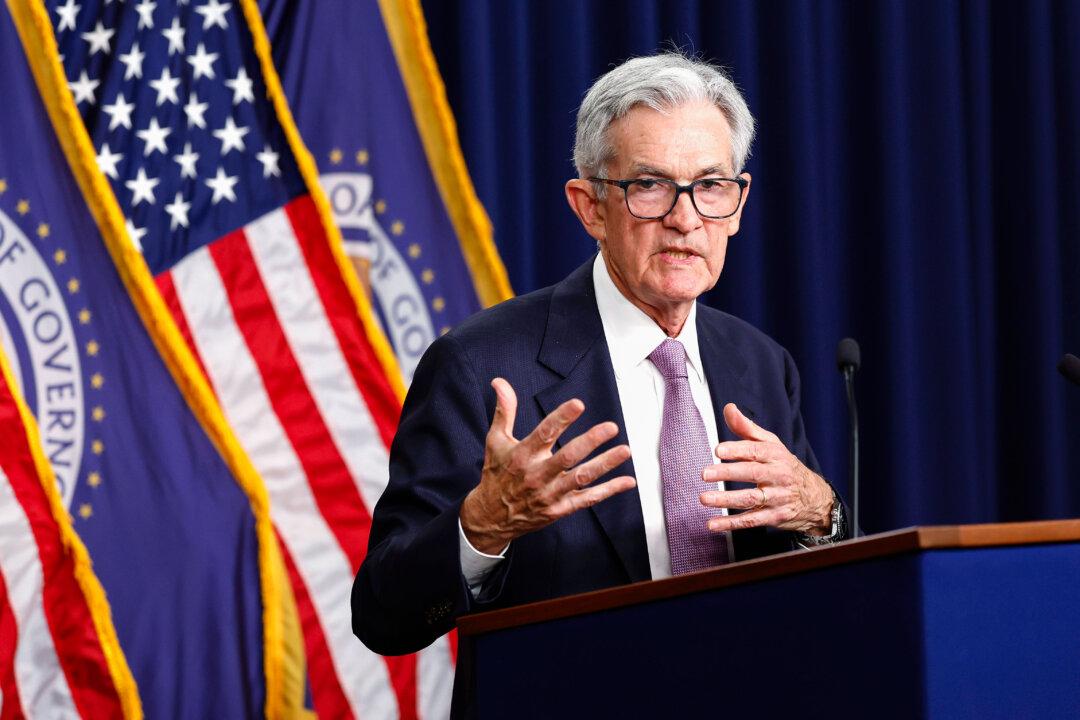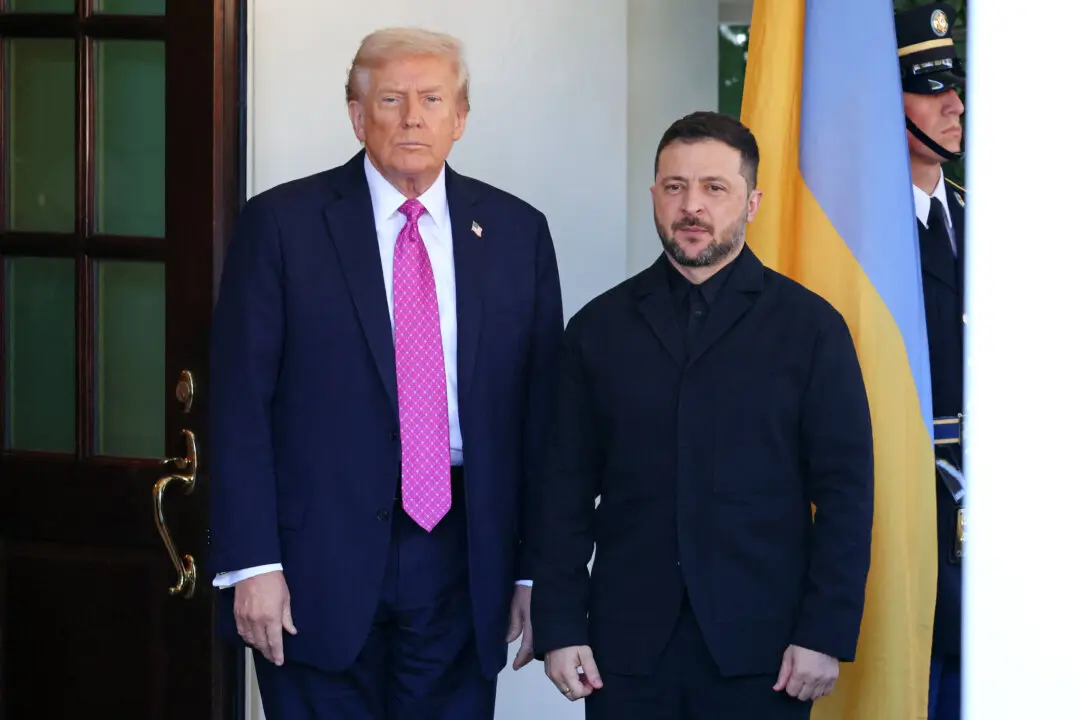Federal Reserve Chairman Jerome Powell has signaled that additional rate cuts could be on the horizon, expressing confidence in the U.S. economy but cautioning that the central bank isn’t committed to a “preset course” on rates and will respond with appropriate policy shifts based on incoming data.
Powell made his remarks during a speech on Sept. 30 at the National Association for Business Economics Annual Meeting in Nashville, where he outlined the central bank’s outlook for the U.S. economy and monetary policy. The Fed chief emphasized that although inflation has eased and labor market conditions remain “solid,” the future path of interest rates will depend on how the economy evolves.





